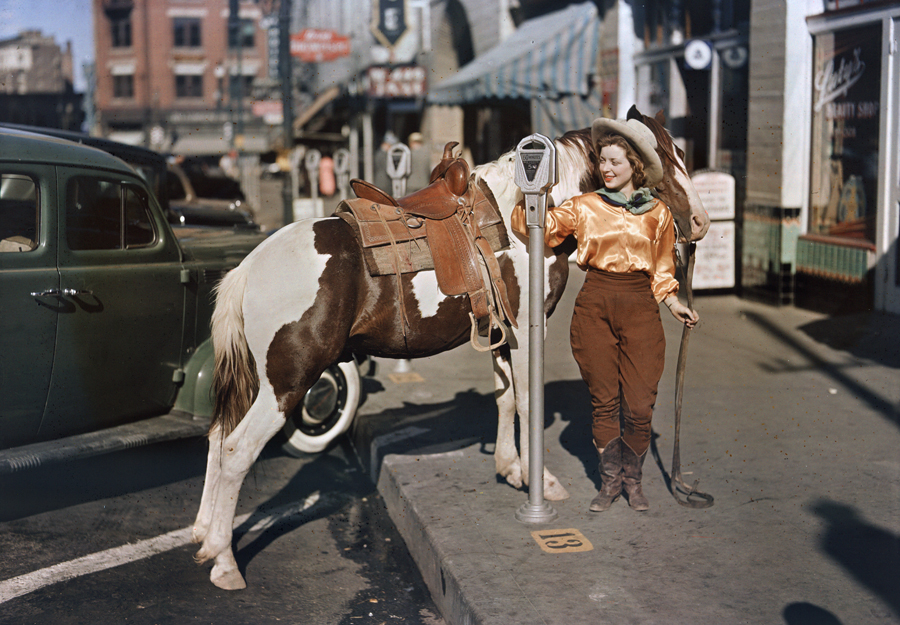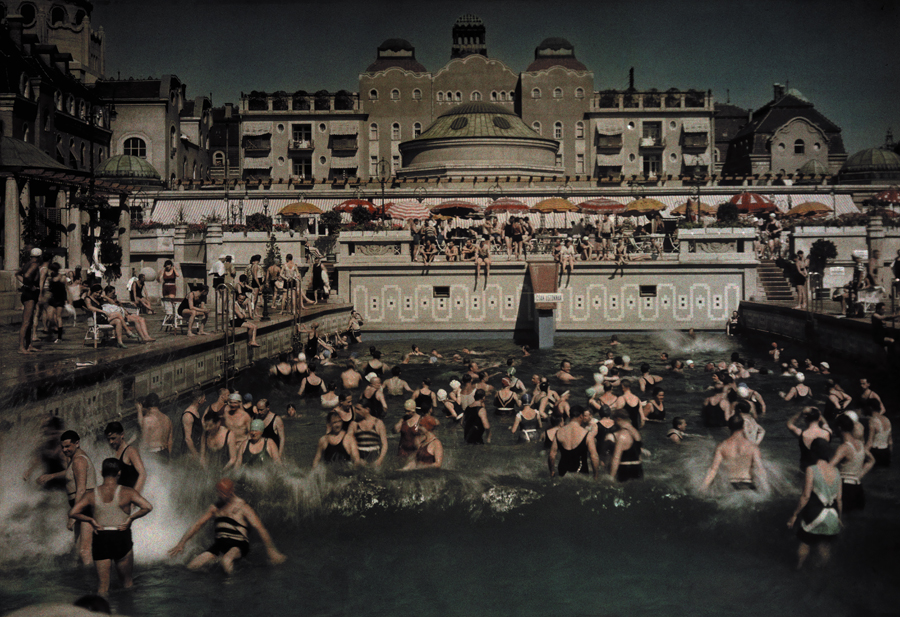6 Questions: National Geographic’s “Found”
This is our first post for our 6 Questions interview series, where we email creators, curators, and other people we admire with 6 questions about their work and process. We then share their responses with you. – Ali
National Geographic’s “Found” is a tumblr showcase of vintage photographs from the National Geographic archives. Curated by Web Barr, Janna Dotschkal, and William Bonner, the blog highlights rarely-seen images that offer glimpses into a past that is startlingly exotic, even when its subjects are mundane.
We asked the team a few questions about the project, and here’s what they had to say:
1. National Geographic has a wide range of archival media at its disposal, from vintage maps to written material. Why do you choose to curate photographs, in particular, over any other kind of media?
National Geographic is known for its visual storytelling. Over the last 125 years, we’ve accumulated a vast collection of images that have never been seen by the public, let alone digitized. We felt this was the perfect opportunity to showcase the photo collection with large photos, minimal text and “letting the photography speak.” That said, we’re keeping the possibility of curating maps and other types of media in the future open.
2. Why do you think it’s important that these photographs are brought to the public eye?
Most of these photographs have never been seen or are buried in the pages of old magazine stacks. Photography is ubiquitous today, but we really don’t have a clear window to the world as it was in the past. Sure, there’s photos of famous events or people, but there aren’t many photographs being surfaced from the past that show regular people living their day-to-day lives.
3. What’s the process for finding a photograph to post?
We look for images that are unusual and create a sense of wonder. Some of the photos show exotic places or unbelievable moments, while others reveal everyday things depicted in an interesting light. We usually sift through the archives searching by photographer name or very broad keywords. Occasionally a specific thing or event will pop up in our heads and then we do a more narrow search. We want “Found” to be a mix of aesthetic styles and eras, so sometimes we use unconventional search methods to find a wide variety of striking images.
4. Tell us about a favorite photograph you’ve curated.
Web Barr — I love most of them but one of the images that has really inspired me is a photo of a girl feeding a parking meter for her pony in El Paso, TX. It shows a different time and place in America and how things “used to be.” It’s a fun photo that I came across in our internal database that inspired me to share our archived photos with a broader audience.
Janna Dotschkal — My favorite photo is the first image from the Gellert bath. It’s a color autochrome image from 1930 and the color palette is full of beautiful muted tones. I love seeing the movement of people in the bath and the amazing swimwear. I’m not 100% sure but I think the bath is an old fashioned wave pool!
5. Does the question of ethics ever come up when choosing a photograph? For example, some of the original information (date, location, context) is missing for the photos — how do you decide what’s okay to publish?
Yes and no. Clearly, we prefer to have more information than less, but some of the decisions are made on a photo-by-photo basis. We’ve noted in our “About” page that we really don’t have all the information that we’d like and for readers to send in any additional stories or information they might have on any particular photo. This has actually been quite thrilling as we’ve received background stories, dates, locations and more from our audience. We’re looking to highlight these stories soon as a way to encourage even more engagement from our audience.
6. Above all, what do you want people to take away from this blog?
We want “Found” to be a doorway into another time and place. The stories captured in each photograph should transport people to other worlds and invoke a real. We want “Found” to be a positive experience, but also one that is open-ended so that our audience can have their own impressions and interpretations.



